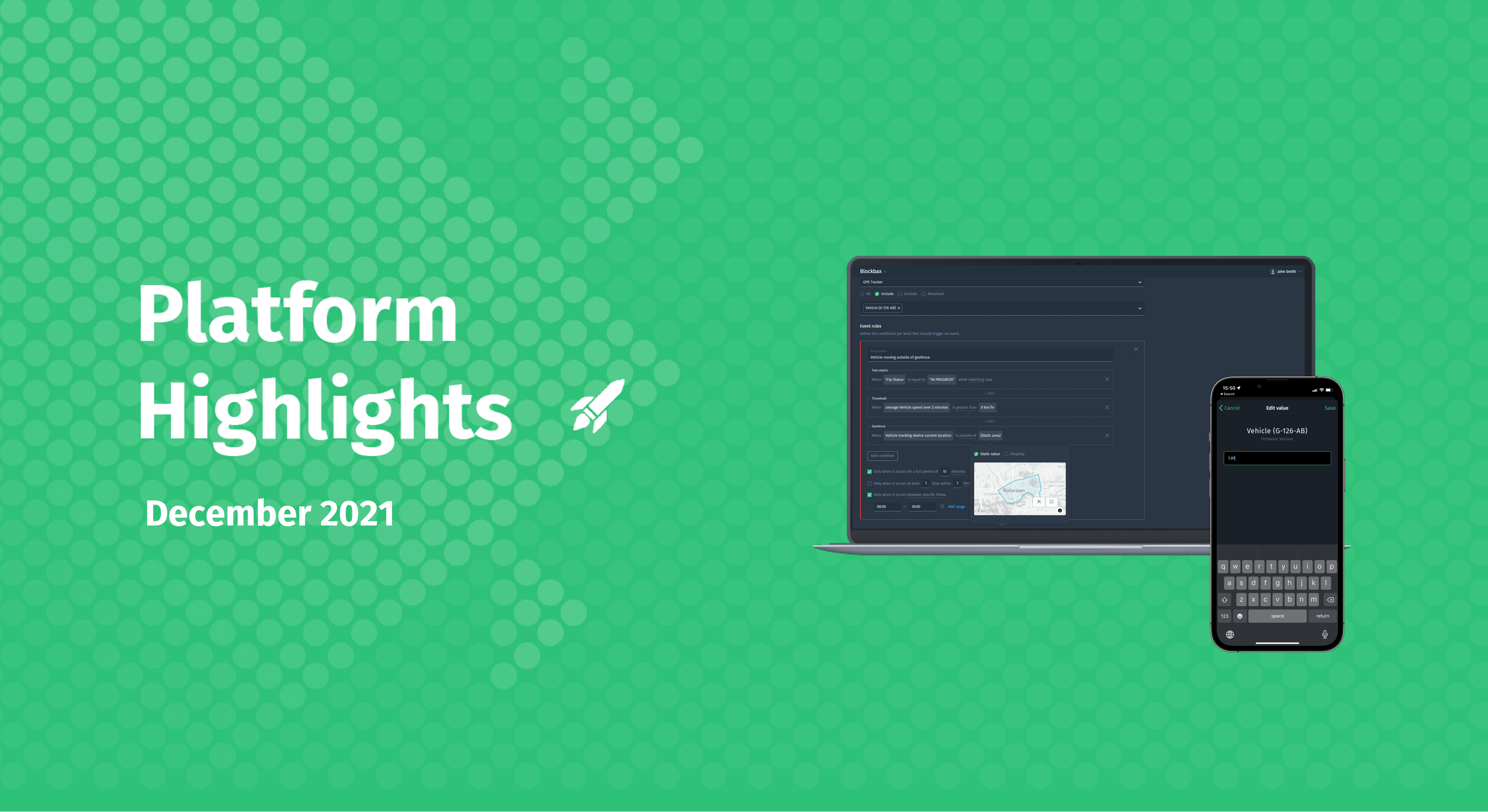Three ways how digitization reduces the growing scarcity of technical workers
There is a big shortage of technical workers in the Netherlands. There are over 50.000 outstanding job offers which puts the technology sector head and shoulders above other industries. This shortage is hindering companies to take necessary steps towards sustainability and digitization. In this blog we’ll discuss 3 ways through which digitization can help reduce the shortage of technical workers on short notice.
1. A clear digital strategy appeals to the younger generation
The current generation that’s entering the job market (commonly referred to as generation Y) is the first fully digital native generation. This generation expects their employer to provide them the opportunity to start initiatives related to digitization themselves. In this article, VDL rightfully indicates that digitization should be seen as an integral part of any company’s business operations, not as something that only lives within the IT department.
This younger generation is more entrepreneurial and wants to understand how their results contribute to the company objectives. Opportunities to start digital initiatives alone are therefore not enough, there also needs to be a clear strategy on how successful initiatives are scaled and rolled out within the company. This ensures that the link between the initial experiment and the end-result remains clearly visible to the entire organization.
2. Implementation of remote engineer to reduce outflow of employees
The ageing of experienced technical workers increases the outflow. Innovative solutions that reduce the necessity of (heavy) physical labour can contribute to a longer employability of experienced workers. An example of such as solution is the concept of a Remote Engineer, where experienced employees support their younger colleagues remotely. The implementation of an Operational Digital Twin, in which the condition of assets deployed in the field is constantly monitored plays an important role in this type of support.
Collaborating based on such a Digital Twin also provides the younger and older generation with an opportunity to learn from each other. This is explained in this interview with 4 COO’s from companies that also struggle with a shortage of technical workers. A younger employee can help a more experience employee that struggles with digitization whilst the experienced employee can share his knowledge on e.g. best practices or safety.
3. Increased operational efficiency through a Digital Twin
The ‘Digital Twin’ that was mentioned earlier provides more opportunities to increase the efficiency of how staff is deployed. A real-time view on the condition of an asset reduces the amount of periodical inspections needed. It’s also possible to align maintenance and repair processes more accurately to the actual condition of the assets.
This also makes it possible to determine the cause of a breakdown or failure remotely. This information helps with creating instructions for the mechanics so that they’re able to optimally prepare their repair work. It also ensures that they’re able to fix the asset with a single visit.
A Digital Twin collects and stores a lot of data on both the condition of assets as well the effect of external factors on breakdowns or failures. Over time, this data can help predict when assets need to be repaired in order to prevent such issues. The younger generation holds value in the impact they can have on an organization. They therefore expect to be supported by solutions that help with their efficiency to maximize their impact on the company.
Getting started with a Digital Twin
In the next blog we will look into what’s need to create such a Digital Twin and what options there are to build such a solution. We will also look into the challenges associated with building a Digital Twin and what options are available to cope with these challenges.
Cheers,




